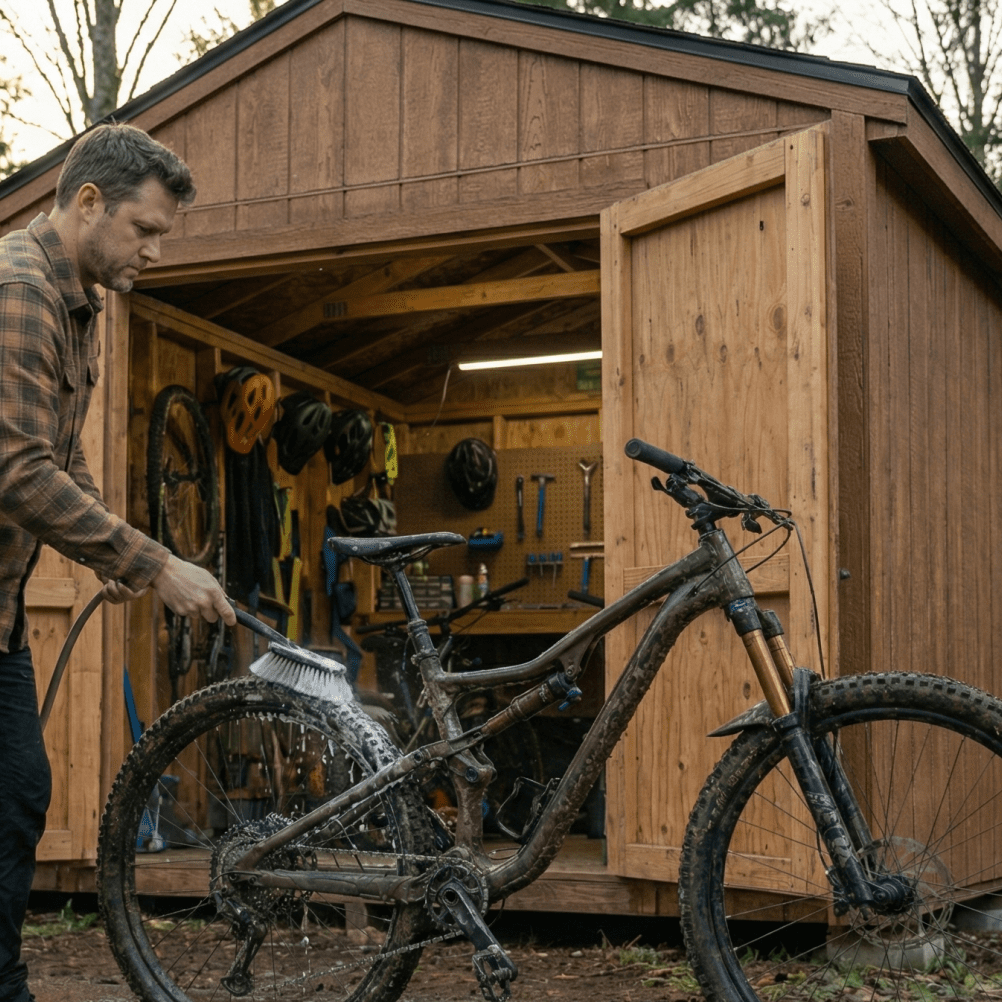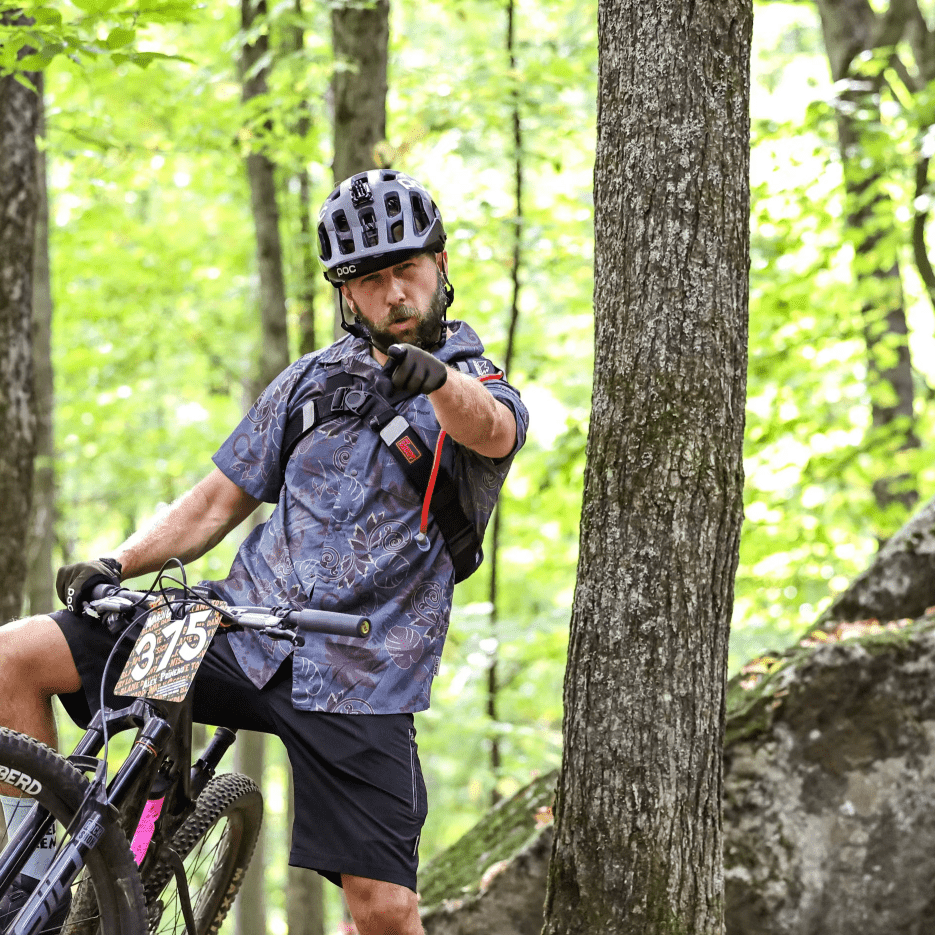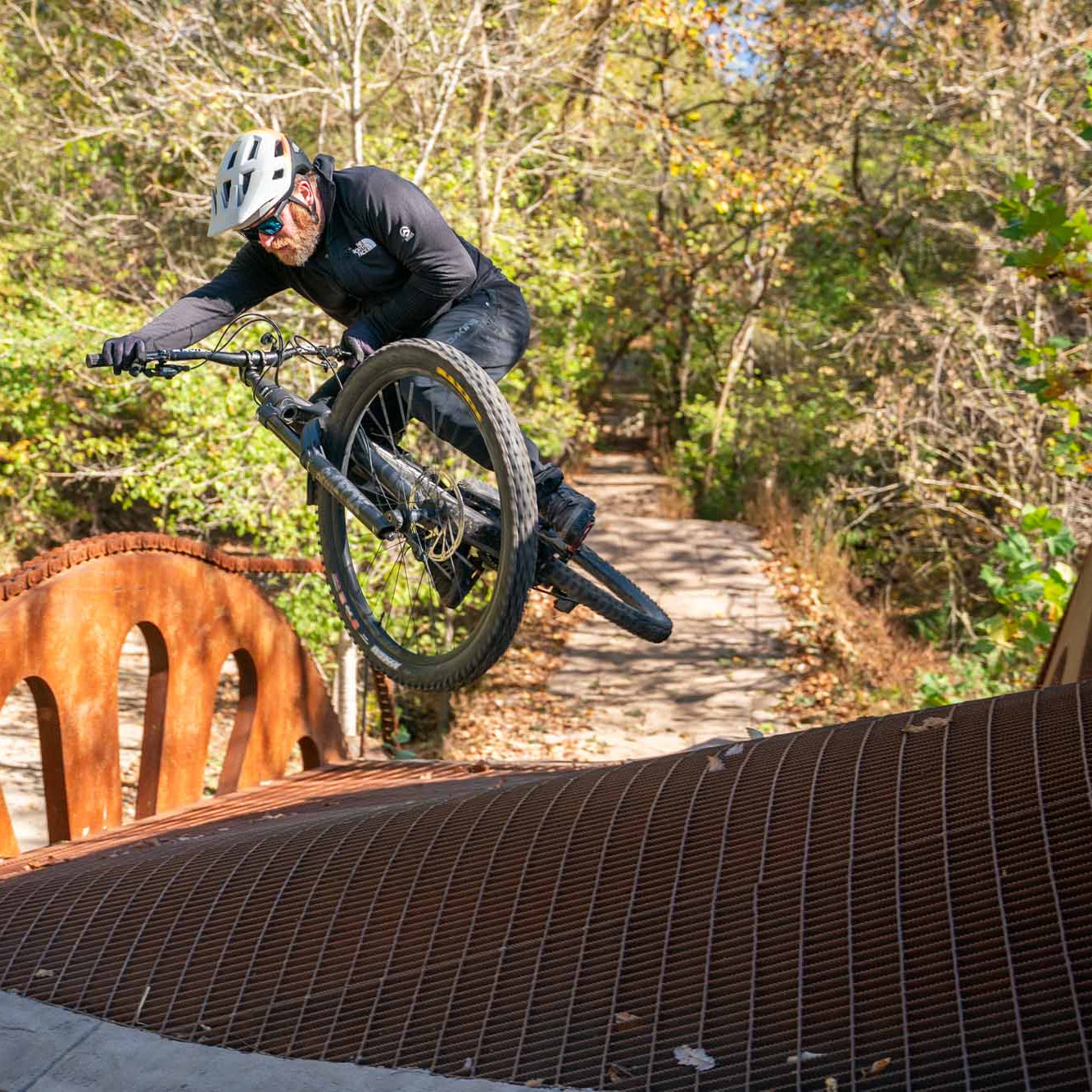Do you have a favorite rail trail that you and your family ride on every weekend? You can likely thank the Rails-to-Trails Conservancy for that.
“We opened back in 1986,” media rep Jake Lynch explains. “When we opened then, there were just a few dozen miles of rail trails – a small handful – and there was no way to track them. Now, 27 years later, there’s more than 21,000 miles of rail trails in the US. They span every state. Our story is one of growth, which is great to say.”
SEE THE GEAR THE RAILS-TO-TRAILS CREW WEARS: THE MOTION JERSEY AND SWITCH SHIRT
Lynch believes part of the growth is because of a culture shift in the U.S. toward a healthier mindset. “It’s just really taken off around the country, and it’s great to see.”

California's Truckee River Bike Trail
A rail trail, for those unfamiliar with the term, is ambiguous in its definition. “There is no typical rail trail. You can’t pigeonhole them, some are in rural expanses and run hundreds of miles in the wilderness, but some are one or two miles in America’s biggest cities,” Lynch explains. Now, focusing on building trails in urban areas, particularly where obesity is high, is a goal for the organization. “It’s about social justice, helping communities function better and improving real estate values,” Lynch says. Start with a bike trail and change the entire vibe of a neighborhood!
In addition to taking over abandoned railroads to make trails, “We’re seeing a lot of rail-with-trail sections coming in,” says Lynch. “It’s really cool. The lines are still in use, but there’s a desire for a path near them. Transit stations like it because they want to make it easier for people to get to their stations, rather than having to park there.”
“There’s no typical way that a rail trail comes about, other than the common denominator to make something more than a corridor,” he concludes.

15-mile Spring-to-Spring Trail between Orlando and Daytona Beach
As an organization, Rails-to-Trails Conservancy works with local organizations who want trails built—from the planning stages and fundraising to dealing with government and the technical assistance needed to build a trail. Lynch explains, “The best model we’ve found is to just ask local organizations, ‘How can we help you?’ and that help comes in a variety of ways.” And even after the trail is built, it’s important to make sure they’re used in the community, through schools and organizations.
The Rails-to-Trails Conservancy community is growing fast—the membership is upwards of 100,000 members. “We are almost entirely member-supported,” Lynch explains, “And we also have a community of over 700,000 people who use our website and following our news.”

Rails-to-Trails Conservancy employees playing with bikes in Club Ride apparel -- the Motion Jersey and Switch shirt
Club Ride has signed on as a supporter of Rails-to-Trails Conservancy for good reason: Our core missions—to get more people on bikes—are closely aligned.
“There are a lot of organizations around the country that share the passion that we have for getting people out and getting people active,” Lynch says. “Club Ride is one of them—they want to make sure Americans are fit, healthy and active, and love bikes. Our supporters like learning about organizations that relate to their life interests. It’s really a great match.”
Club Ride is thrilled to be partnered with Rails-to-Trails Conservancy and outfit them in our gear. Check them out on their website and get involved!



